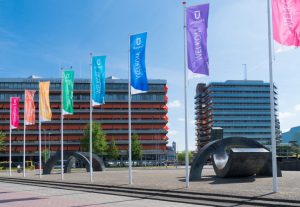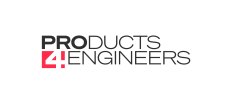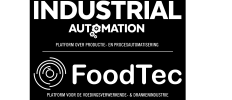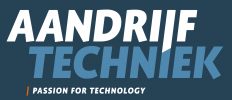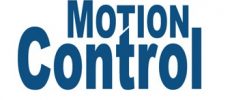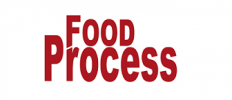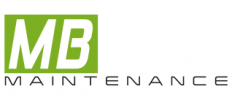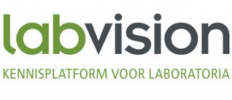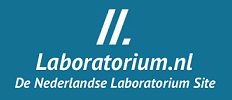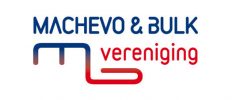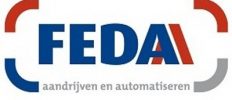Nanotechnology is on its way to become a key enabling technology and is expected to stimulate industrial growth, innovation and development in the most diverse fields. A recent review, conducted for the European Food Safety Authority (EFSA), indicates that nanomaterials are also frequently used in food as additives and food contact materials, while fewer applications seem to be developed for agriculture and feed. Although the potential beneficial effects of nanotechnologies are generally well described, still existing uncertainties concerning environment, health and safety aspects need to be addressed to explore the full potential of nanotechnology.
Analytical technology is being developed to detect and characterize nanomaterials in food and other matrices. Besides the detection of nanoparticles it is also important to obtain information on the composition and the status of the nanomaterial in a sample. It has become clear that these questions cannot be answered by a single analytical method, multiple methods or hyphenated techniques are required to answer such questions.
The last few years on-line combinations of separation techniques with light scattering- and mass detectors were developed, e.g. AF4-MALS-ICP-MS, and HDC- or AF4 in combination with single particle ICP-MS, while multi-element detection in single particle mode is also becoming available. A number of these advanced analytical techniques will be discussed based and some applications will be shown.
Ruud Peters, RIKILT – Wageningen University & Research
